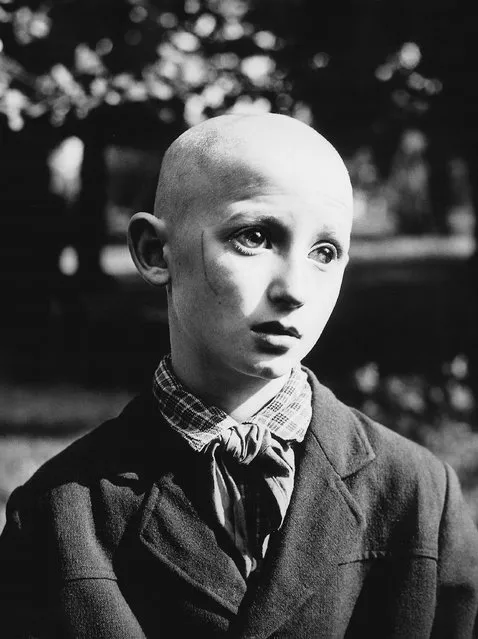
Rebelling against political propaganda, acclaimed photographer Antanas Sutkus embarked on a life-long journey to capture the everyday scenes around him. Antanas Sutkus, born in 1939, studied journalism at Vilnius University in the late 1950s before becoming disillusioned by the confines of the Soviet-controlled press. He began taking photographs instead, and soon co-founded the Lithuanian Association of Art Photographers. Here: Blind Pioneer, 1962. (Photo by Antanas Sutkus)
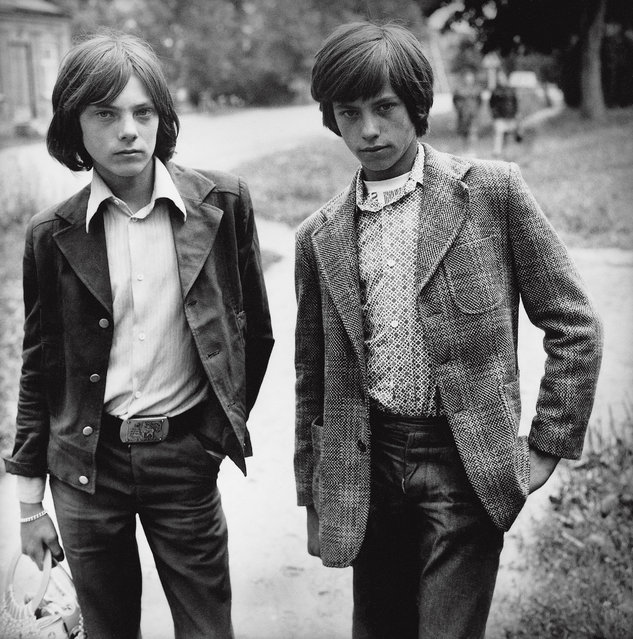
Sutkus focused on ordinary people going about their their everyday lives, rather than the model citizens promoted by Soviet propaganda. He often photographed children and young people. Here: Cavaliers in Salakas, 1979. (Photo by Antanas Sutkus)
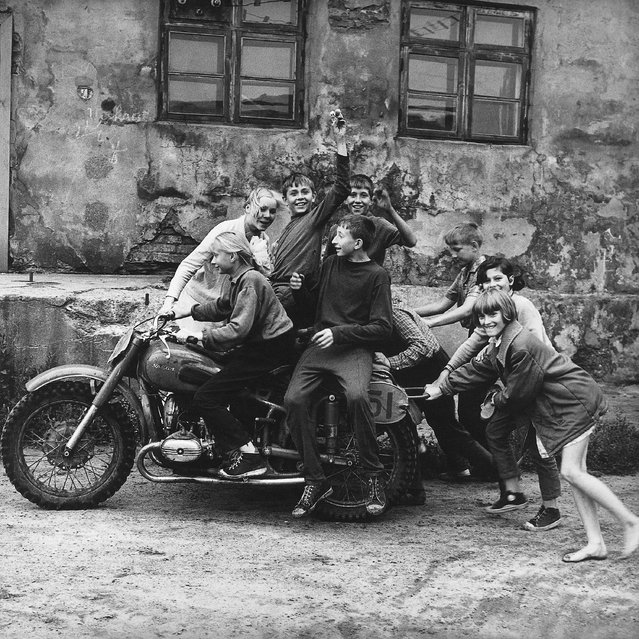
When he started using a camera there were very few documentary photographers working outside the government. Sutkus instead looked to writers and film-makers, and says he drew inspiration from the works of Franz Kafka, Jean-Paul Sartre, Ernest Hemingway and Vladimir Nabokov. Here: The first Lithuanian bikers, 1974. (Photo by Antanas Sutkus)
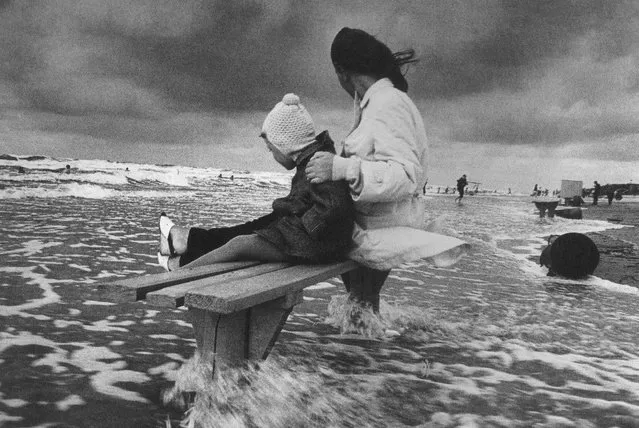
Most of Sutkus’s images were taken during the 1960s and 1970s, documenting aspects of the country’s troubled relationship with Soviet rule and the poverty endured during that period. Here: At the Baltic Sea, Giruliai, 1972. (Photo by Antanas Sutkus)

The photographer’s work is now featured in a new version of his seminal exhibition, Nostalgia for bare feet, on show at the Lumiere Brothers Centre for Photography in Moscow. It includes previously unseen images taken during the 1950s, a time when Soviet deportations resulted in the exile of tens of thousands of families to forced settlements in the Soviet Union, while thousands more became political prisoners. Here: Village Street, Dzukija, 1969. (Photo by Antanas Sutkus)
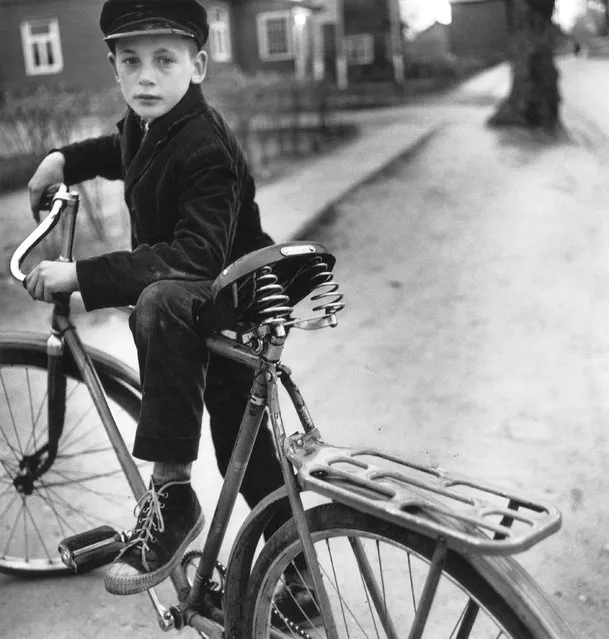
The Lithuanian critic and art historian Margarita Matulite has described Sutkus’s work as “an epic poem, assembled from fragments of everyday life”. The photographer was awarded the Lithuanian National Award for Culture and Art in 2003. Here: Father’s bicycle, 1969. (Photo by Antanas Sutkus)
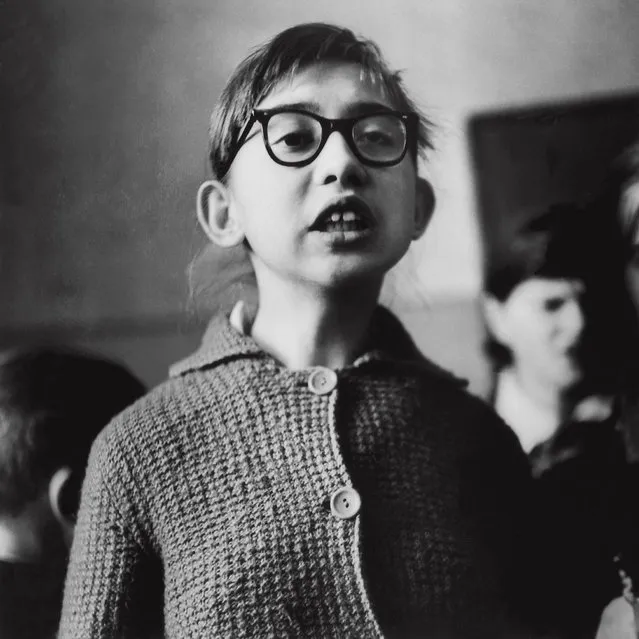
Speaking about his work – and his love of photographing children – Sutkus has said that “one has to love people in order to take pictures of them”. Here: School for blind children, 1962. (Photo by Antanas Sutkus)
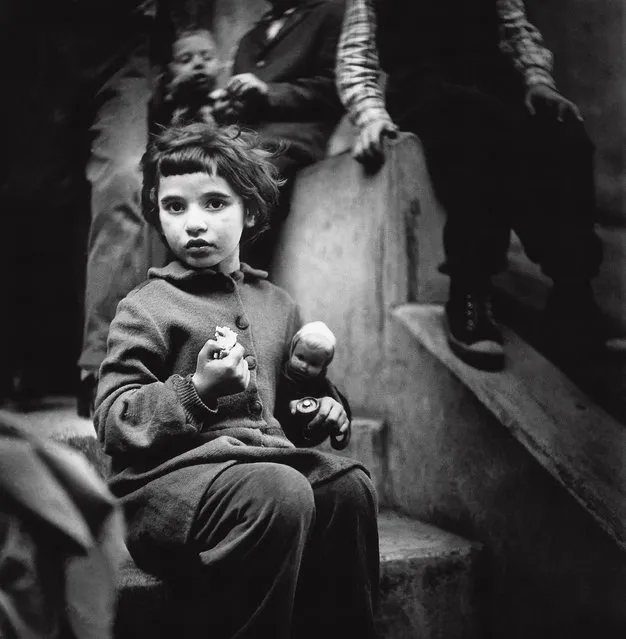
More of Sutkus’s images are available to see at the Lumiere Brothers Centre for Photography until the 29 May. Here: Toys in Vilnius, 1974. (Photo by Antanas Sutkus)
11 Apr 2016 10:54:00,
post received
0 comments
